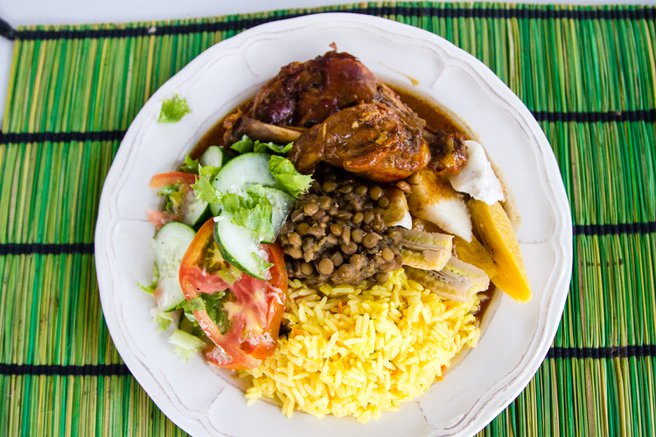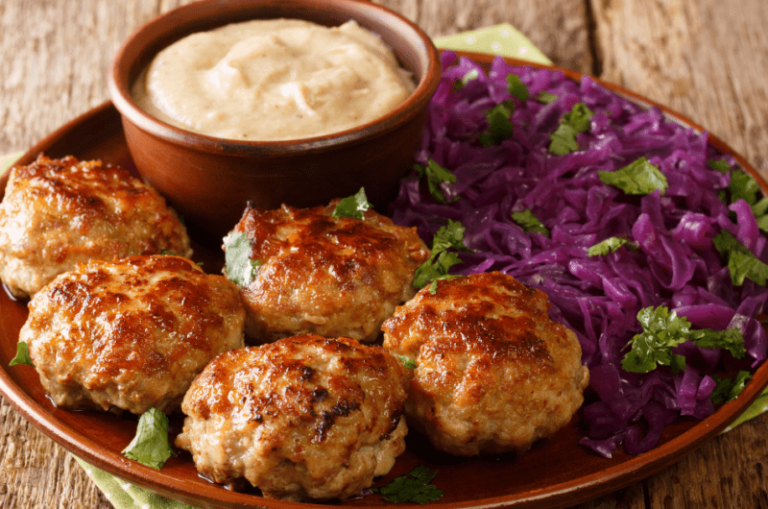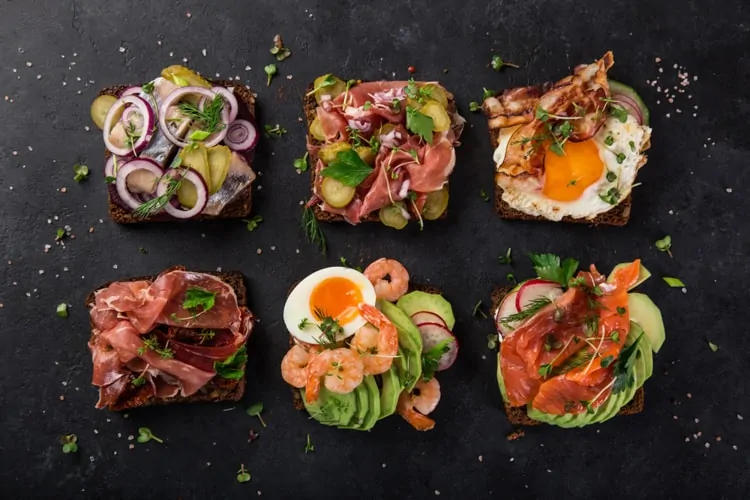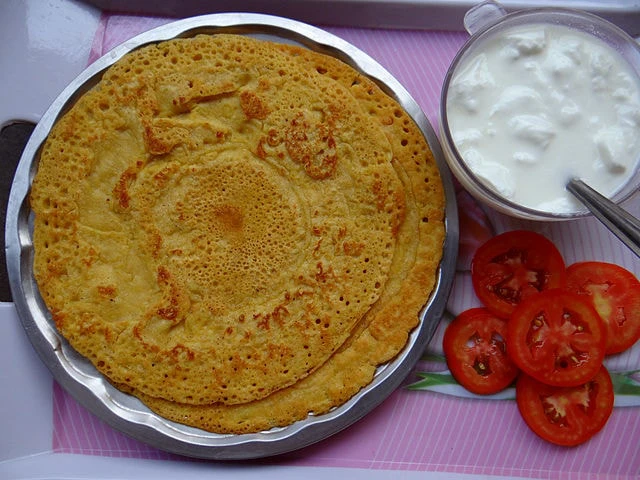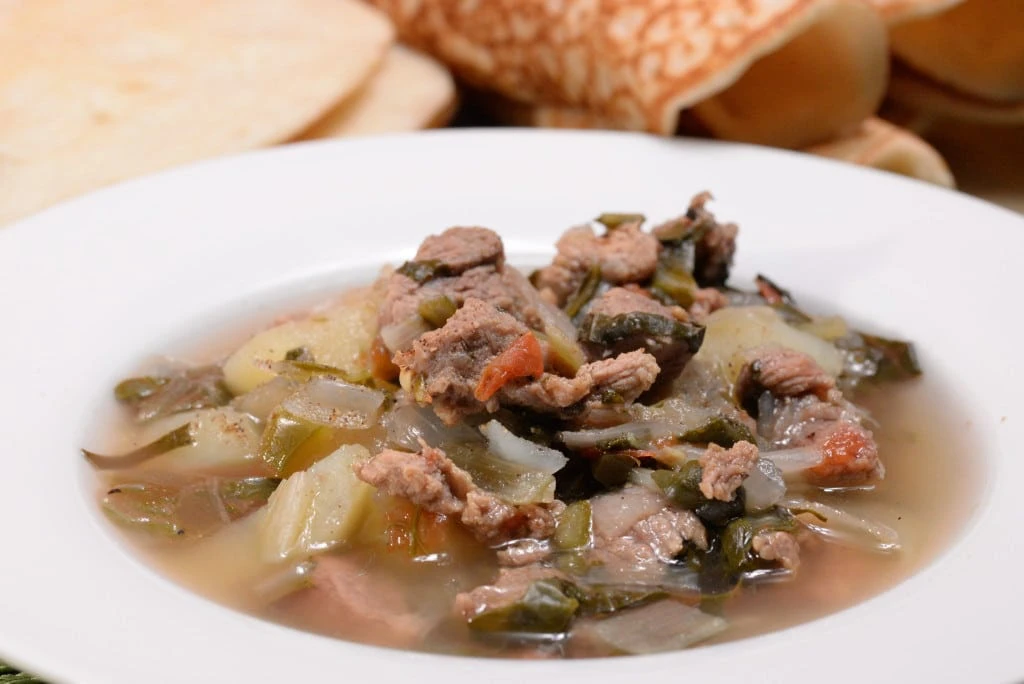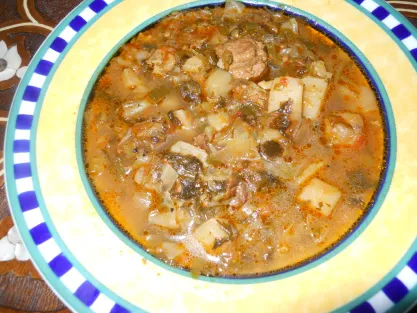Introduction: Street Food in Dominica
Dominica, a Caribbean island nation, is known for its lush rainforests, natural hot springs, and pristine beaches. It is also famous for its delicious street cuisine, which is a blend of African, European, and indigenous influences. The street food in Dominica is affordable, tasty, and readily available, making it a popular choice for locals and tourists alike.
Fried Fish and Bakes
Fried fish and bakes are a popular street food in Dominica, especially in coastal towns. The fish is usually seasoned with a blend of herbs and spices, then fried to perfection. It is served with bakes, which are small, doughy cakes made from flour, sugar, salt, and water. Bakes can be eaten on their own or used as a sandwich for the fried fish.
Chicken and Rice
Chicken and rice is another popular street food in Dominica. The chicken is usually seasoned with a spicy blend of herbs and spices, then grilled or fried. It is served on a bed of rice, which is cooked with coconut milk and seasoned with herbs and spices. This dish is hearty, flavorful, and satisfying.
Goat Water
Goat water is a thick, hearty soup made from goat meat, vegetables, and herbs. It is a popular street food in Dominica, especially during festivals and celebrations. The soup is simmered for several hours, allowing the flavors to meld together. It is served with bread or dumplings, making it a filling meal.
Fish Broth
Fish broth is a light, savory soup made from fish, vegetables, and herbs. It is a popular street food in Dominica, especially among fishermen and coastal communities. The soup is simmered for several hours, allowing the flavors to develop. It is served with bread or crackers, making it a satisfying meal.
Plantains and Green Bananas
Plantains and green bananas are a popular street food in Dominica. They are fried or boiled, then served with a spicy dipping sauce. Plantains are a starchy, banana-like fruit that are popular in Caribbean cuisine. Green bananas are unripe bananas that are high in starch and fiber.
Coconut Water
Coconut water is a refreshing drink that is popular in Dominica. It is made by cracking open a fresh coconut and drinking the clear liquid inside. Coconut water is rich in electrolytes, making it a popular drink for athletes and health-conscious individuals.
Sugar Cakes and Tamarind Balls
Sugar cakes and tamarind balls are popular street foods in Dominica, especially among children. Sugar cakes are made from grated coconut, sugar, and spices, then shaped into small cakes. Tamarind balls are made from tamarind fruit, sugar, and spices, then shaped into small balls. Both treats are sweet, chewy, and flavorful.
Conclusion: Enjoying Street Food in Dominica
Street food in Dominica is a delicious and affordable way to experience the island’s cuisine. From fried fish and bakes to goat water and coconut water, there is something for every taste and preference. So the next time you visit Dominica, be sure to try some of the island’s popular street food and savor the flavors of the Caribbean.

